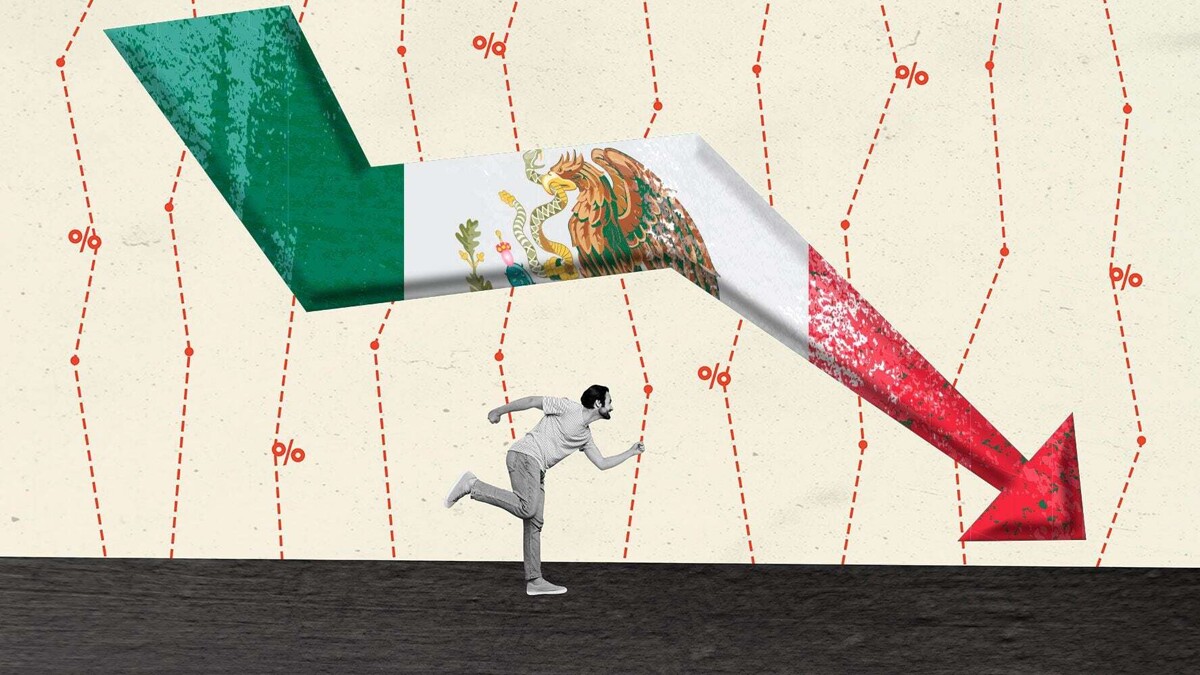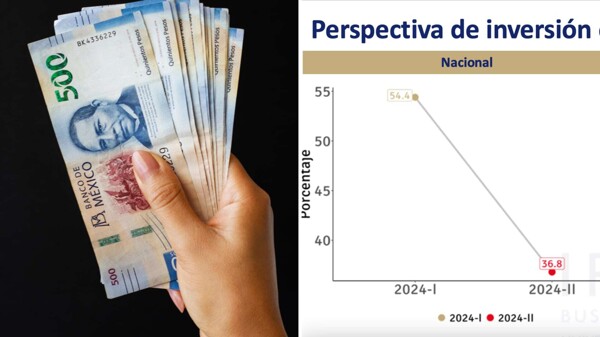
The Mexican economy is experiencing an evident slowdown and current doubts center on the possible consequences of this halt. Will it simply be limited to a decrease in growth rates, or is there a threat of a decline in the coming months? Slowing down is one thing, but completely reversing is another.
It is unclear how long this cycle will last and what its final impact will be. In the midst of this situation, the economic outlook becomes crucial. During his term, there was a shift in the vision of economic growth by President López Obrador, which generated uncertainty about the direction to follow.
President Sheinbaum finds herself at the crossroads of basing her decisions on relevant global data to boost Mexico’s economic performance or adopting a stance that minimizes the importance of variables such as GDP or investment. The first option seems crucial to avoid a fiscal crisis and other recurring problems in the country.
In comparison to the past, the decline in economic activity in sectors such as commerce, services, and industry is concerning. Reduced manufacturing activity combined with a setback in construction has diminished the dynamism of the internal market, making it difficult to offset declines in these sectors.
There is a possibility that in the coming quarters the economy will show a setback, which could result in negative figures at some point. Mexico’s economic history suggests that the first year of each administration tends to have lower growth, and with the current uncertainty, there is a possibility of a year with negative records in 2025.
The uncertainty added by the elections in the United States, especially if Trump is reelected, could worsen the situation. The volatility in the peso’s exchange rate against the dollar already reflects these concerns. Recent economic indicators, such as the Timely Economic Activity Indicator (IOAE), present modest figures, increasing worries about the near future.
In this complex environment, it is essential to make informed decisions based on the current economic reality rather than underestimate key indicators. The economic reality demands concerted action to avoid a potential crisis.














